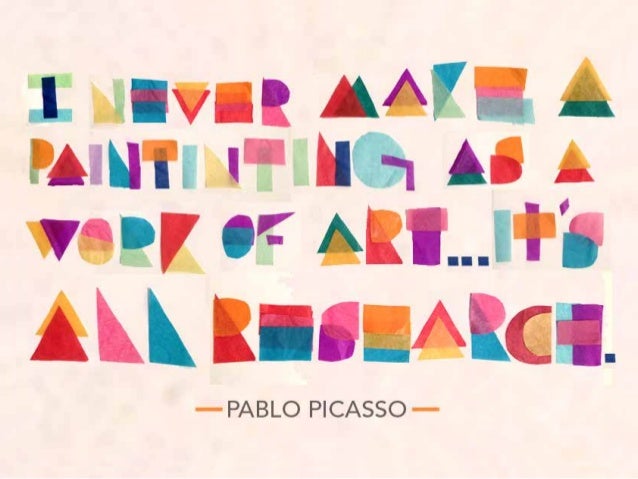In Art Practice as Research in the Classroom, Julia Marshall and Kimberley D’Adamo discuss the art-based research model, which stresses artistic thinking, creative process, conceptual skills, and research over technical art making skills. It promotes a natural and substantive integration with the academic curriculum, as well as engaging in activities that emphasize thinking and learning skills. This process leads to more creative minds, and eventually a whole generation who thinks outside of the box. At Berkley High School in in Berkley, California, D’Adamo teaches her art class students the DARC model when writing about art pieces, which stands for describe, analyze, reflect, and connect. For describe, students are supposed to report what the piece looked like, down to the details and any other aesthetic qualities of the art. Analyze calls for a student to report on what they learned from their research on the piece, including the artists intentions and cultural context from when the piece was made. Reflect is where the student reports on what the piece means to them personally. Lastly, connect is where the student looks at both the observed piece as well as their own past and current works and makes links between them, possibly gaining inspiration from one artist to another. The DARC model is a great way to have students build on their prior knowledge as well as it allows them to be influenced by other art around them. This idea that Pablo Picasso expressed (below) that art is all research is shared with D’Adamo, and one that she teaches to her classes to expand their mindsets.

“I Never Made A Painting As A Work Of Art…It’s All Research” -Pablo Picasso
The Success of D’Adamo’s program at Berkley High School made apparent to everyone else the potential of it if it was spread to more schools. It transforms students into learners and then to researchers, which is the collaborative path every single student should be on.
Read more on Kimberly D’Adamo’s work with students, including her work with the Bridge Program here.